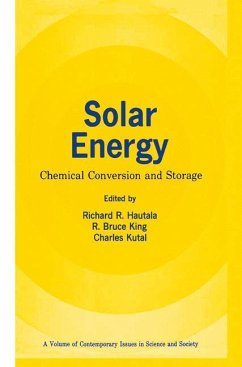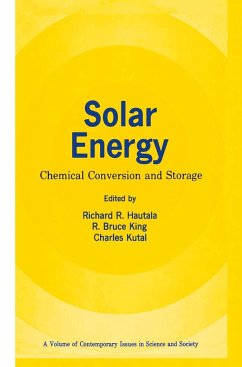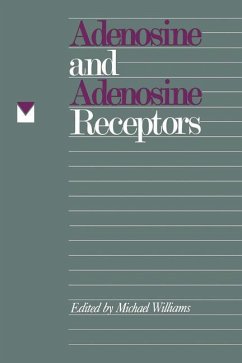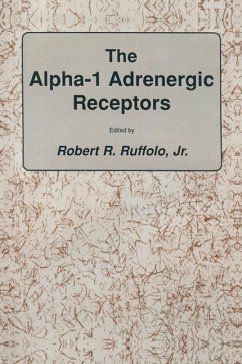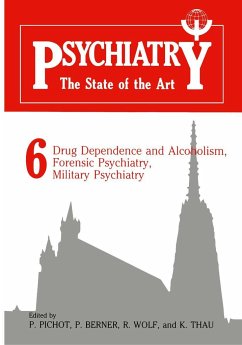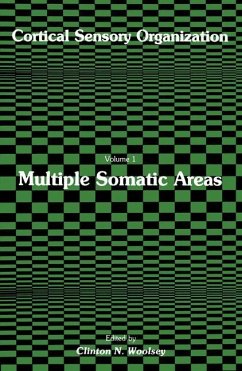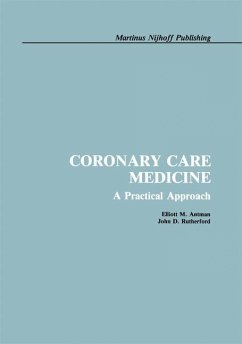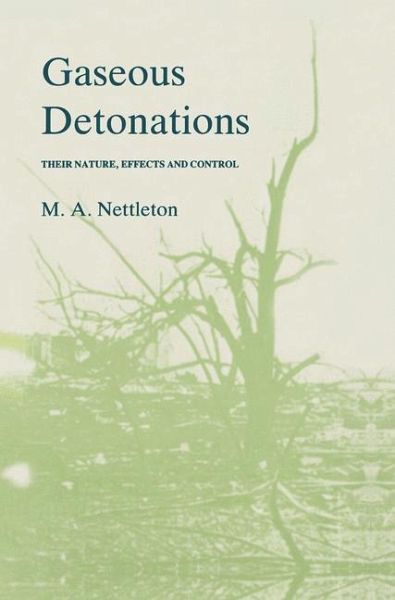
Gaseous Detonations
Their nature, effects and control

PAYBACK Punkte
57 °P sammeln!
My introduction to the fascinating phenomena associated with detonation waves came through appointments as an external fellow at the Department of Physics, University College of Wales, and at the Department of Mechanical Engineering, University of Leeds. Very special thanks for his accurate guidance through the large body of information on gaseous detonations are due to Professor D. H. Edwards of University College of Wales. Indeed, the onerous task of concisely enumerating the key features of unidimensional theories of detonations was undertaken by him, and Chapter 2 is based on his initial d...
My introduction to the fascinating phenomena associated with detonation waves came through appointments as an external fellow at the Department of Physics, University College of Wales, and at the Department of Mechanical Engineering, University of Leeds. Very special thanks for his accurate guidance through the large body of information on gaseous detonations are due to Professor D. H. Edwards of University College of Wales. Indeed, the onerous task of concisely enumerating the key features of unidimensional theories of detonations was undertaken by him, and Chapter 2 is based on his initial draft. When the text strays to the use of we, it is a deserved acknow ledgement of his contribution. Again, I should like to thank Professor D. Bradley of Leeds University for his enthusiastic encouragement of my efforts at developing a model of the composition limits of detonability through a relationship between run-up distance and composition of the mixture. The text has been prepared in the context of these fellowships, and I am grateful to the Central Electricity Generating Board for its permission to accept these appointments.





